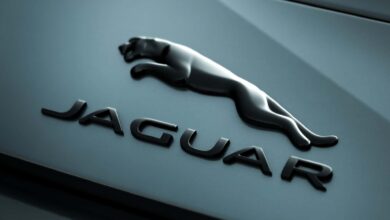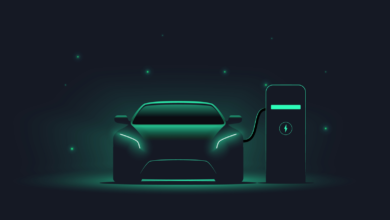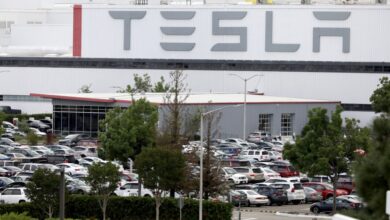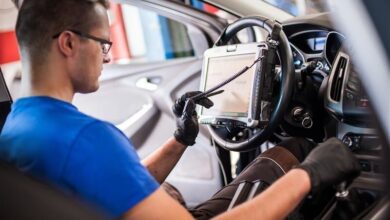Tesla ‘graveyard’ photo shows major shift in Aussie EV market
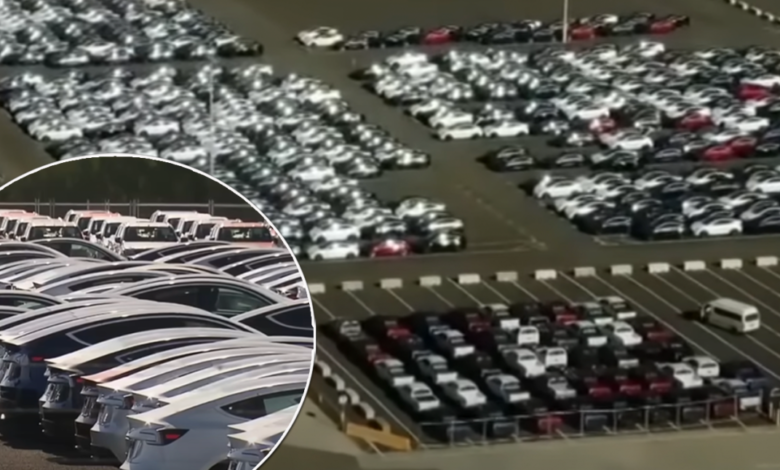
Thousands of Teslas are sitting idle at Australian ports as interest in electric vehicles stalls and new and more affordable options enter the Australian market. Aerial photos of a port in Melbourne highlight the dramatic shift as Teslas that once rolled off the assembly line to eager buyers now simply wait to find a home.
The aerial vision was captured by 7News with the network melodramatically referring to it as a “Tesla graveyard”. However it does illustrate the changing gears of the Aussie EV market which has been full speed ahead in recent years.
Industry experts warn the slowing rise in sales is the result of a lack of proper infrastructure coupled with the fact that people are becoming more price conscious, particularly as more options hit the market.
“All of a sudden we’ve got a huge backlog of Teslas that aren’t moving… They’ve just stoped moving,” Victorian Transport Association’s Peter Anderson told 7News.
“Teslas usually come into this country pre-sold, these cars aren’t,” he added. “They’re sitting here waiting for buyers.”
In Victoria alone, 2000 Teslas arrive in Port Melbourne every month and road authorities say they’re starting to pile up.
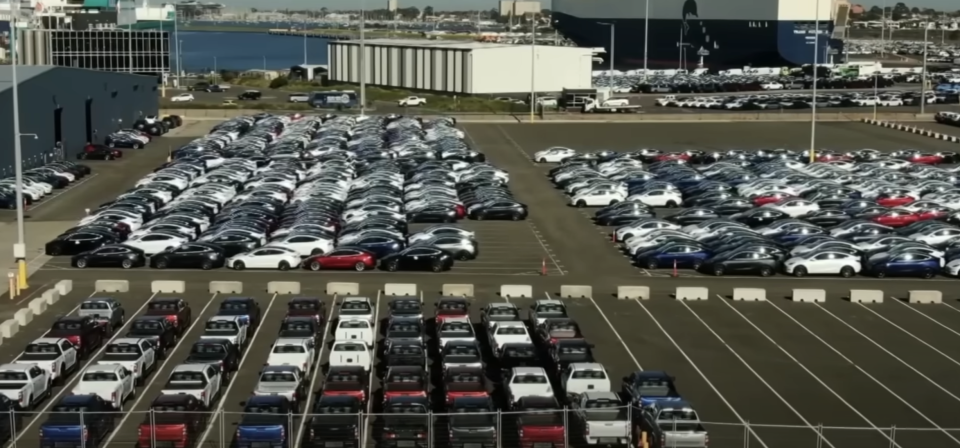
Tesla sales dropped a whopping 44 per cent in April, despite the manufacturing heavyweight making multiple price cuts to its fleet, in a bid to compete with the growing Chinese car market.
Tesla sales slump amid fresh competition
Electric vehicle sales dipped five per cent in April, after three years in a row of very strong growth, with experts saying the sector is struggling to advance beyond the “early adopter phase”, pointing toward poor charging infrastructure and sliding re-sale values.
The price of some electric vehicles in Australia plunged by as much as $20,000 “almost overnight” earlier this year as increased competition sees manufacturers fight for every buyer.
Purchases more than doubled in 2023 compared to 2022, which continued the trend of sales doubling year-on-year in Australia since 2020. Despite increased demand, car expert Paul Maric told Yahoo Finance last week that prices might not have bottomed out just yet.
“I think it could go further,” he said.
“It’s all been spurred on by Chinese brands who have started bringing in much more affordable electric vehicles to what we’re used to,” he said.
Maric explained how there are boatloads of Teslas arriving in Australia at the moment with no buyers and “the only way they can get rid of them is by dropping the prices”.
“You’re talking about a car that somehow has lost almost $20,000 overnight or over a period of several months for no reason at all other than to sell more stock,” he said.
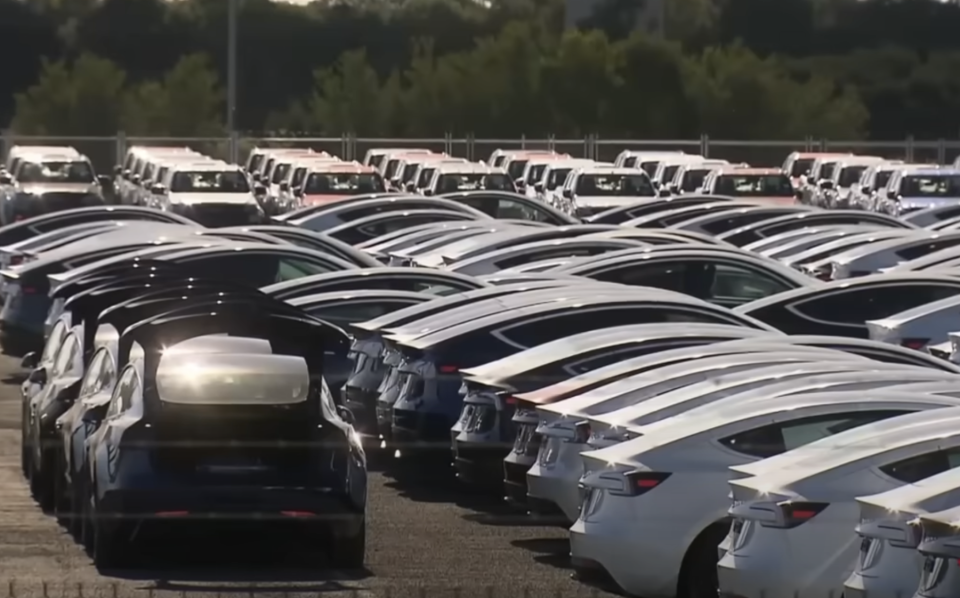

BYD sales on the rise
Electric vehicle price tags vary wildly depending on the brand you choose. At one end of the scale, you have the $35,990 GWM Ora Standard, and on the other end, you have the Porsche Taycan Turbo S, which will set you back $345,800.
But some of the cars in the middle of the pack have had “unheard of” price adjustments.
The Nissan Leaf went from $50,990 to $39,990, the Polestar 2 2024 Long Range Single Motor fell from $71,400 to $58,990, and the Tesla Model Y dropped from $72,000 to $55,000.
Meanwhile, despite Elon Musk’s empire having more than half of Australia’s market share, BYD, or Build Your Dreams to go by its English slogan, is coming in fast.
The Chinese electric car manufacturer grew its sales sixfold in 2023 in Australia and now has 14 per cent of the Australian market. On a global scale, it now sells more vehicles than Tesla, which is no mean feat. So why are they becoming so popular?
Well like most things imported from China, they’re extremely cheap. Their cheapest car starts at just under $40,000, while its immensely popular SUV Atto 3, starts at $48,000 – a significant saving on the more upmarket Tesla models.
Do you have a story tip? Email: newsroomau@yahoonews.com.
You can also follow us on Facebook, Instagram, TikTok, Twitter and YouTube.

